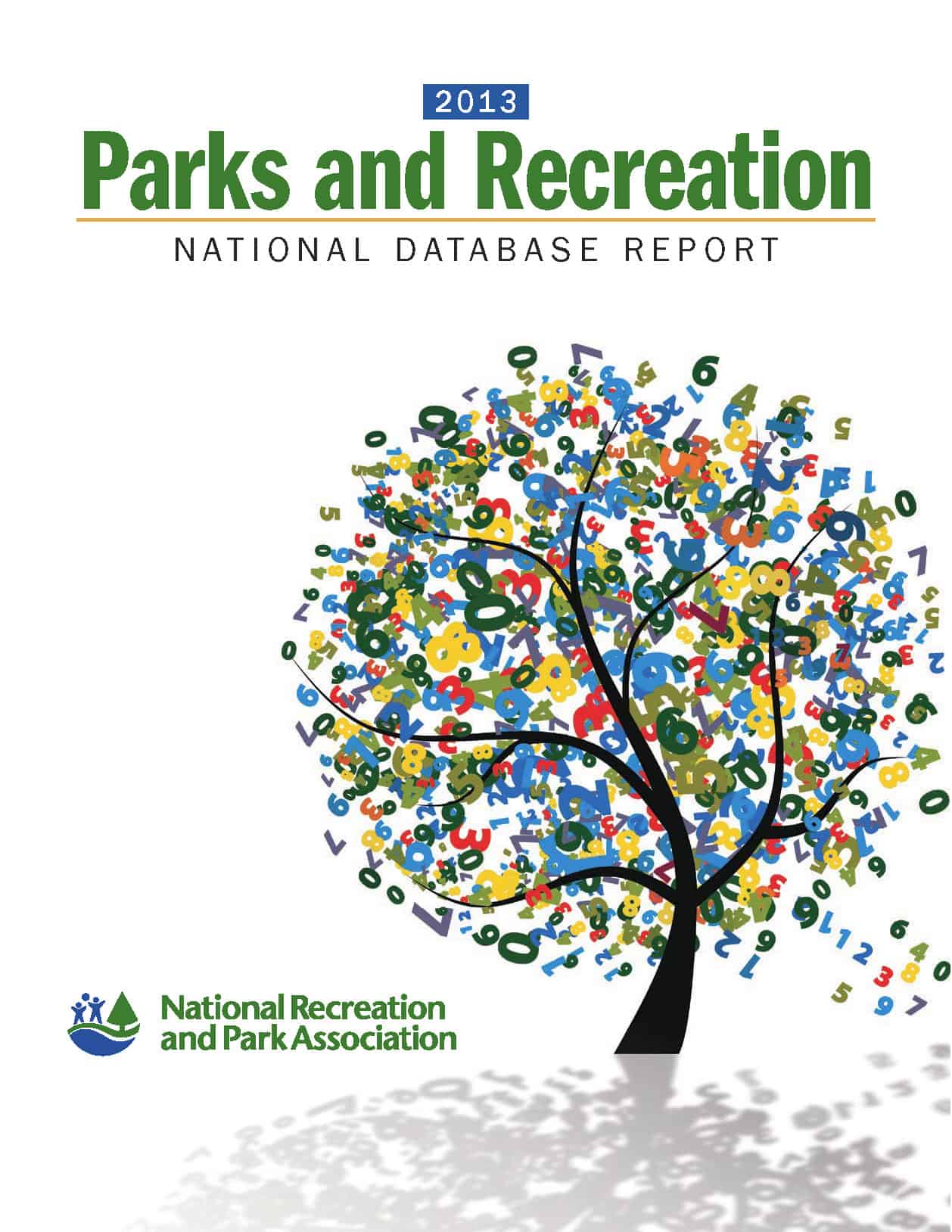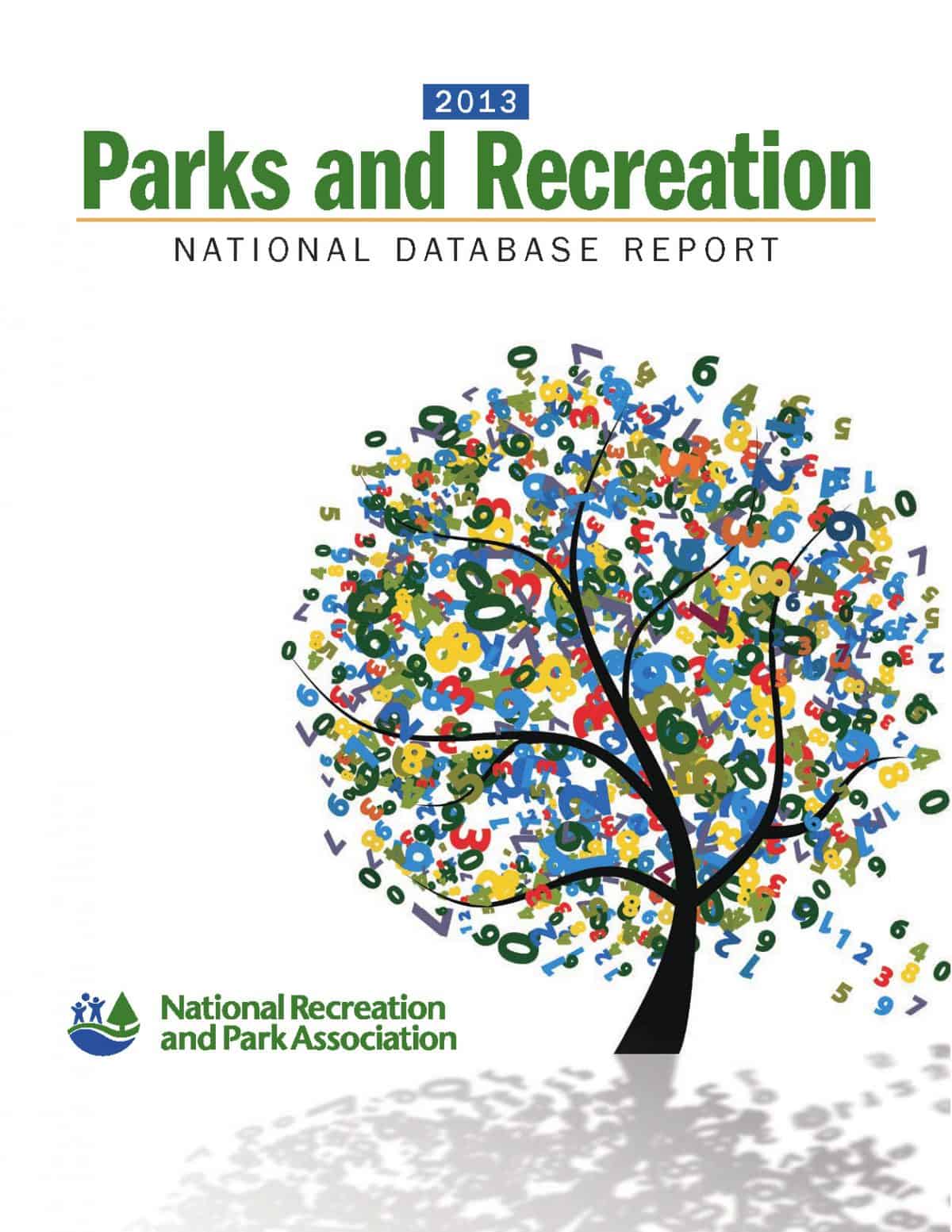
The National Parks and Recreation Department recently published its first report generated from data collected by the PRORAGIS database. PRORAGIS, launched in January of 2011, stands for the Park and Recreation Operating Ratio and Geographic Information System, and it is a user generated database used to assess the parks and recreation industry with the information provided.
According to the NRPA website, “PRORAGIS is the first national park and recreation database and offers a glimpse at the state of the industry. The system relies on departments to supply data through an online survey and is still in its early stages. As the database continues to grow, NRPA will compile and present key data in the form of reports.”
The report breaks down the statistics between large parks with higher budgets and services and small and median parks. These parks are spread out nationally as sports parks, playgrounds, community centers, dog parks, swimming pools, golf courses, community gardens, and more. In looking through the report, Romtec has found some interesting trends that we thought we’d share.
Increased Budgets for Park and Recreation Departments
Across all park sizes, operating budgets have increased an average of 30% between 2010 and 2012. This could be in relation to another statistic the report provides about projected budgets for renovation needs. After dramatically falling in 2011, these projected numbers were higher across quartiles in 2012, rising higher than the 2010 budgets.
The report does not make any strong assertions about these statistics, but it does propose the possibility that projected renovation budgets in 2012 are higher because a large number of projects were shelved in the bleak 2011 marketplace. A possibility for the postponement of projects is that in 2011 full-time positions dropped by 39% and authorized non-full-time positions fell by 40%. In 2012, both types of position have shown modest increases.
Increased Revenue-Generating Activities
Following suit with increased employment and renovation needs, the average new capital needs for every quartile increased by 45% in 2012. The report shows that some of these needs will be met by increased revenues from parks for membership fees, classes, rentals, and other sources. This is notable because total attendance fell consecutively in 2011 and 2012, but revenue per visitor rose 25% in 2012, as did attendance for classes, programs, and events.
Although, again, the report does not hypothesize heavily about the impacts or causes for these changes, these numbers appear to be an encouraging trend. Even while total attendance falls, more visitors are engaging in revenue generating activities and the parks have managed to earn more from theses visitors. This is encouraging because it seems to indicate that whatever changes have been made to increase revenue have not deterred visitors from engaging with revenue generating activities, at least in the short term.
The NRPA and its PRORAGIS report admit that it’s still early in the development of the database, making the report and its findings unreliable for consistent analysis and planning. These numbers are simply points of interest at this stage, but hopefully this turns in to a valuable resource for the parks and recreation industry.
If you work for a park or recreation site, click here to learn more about the NRPA’s PRORAGIS Database and see if you would like to create a free profile to contribute and share in its data and resources. You can also click here to see the full PRORAGIS Report to see more data and information.

